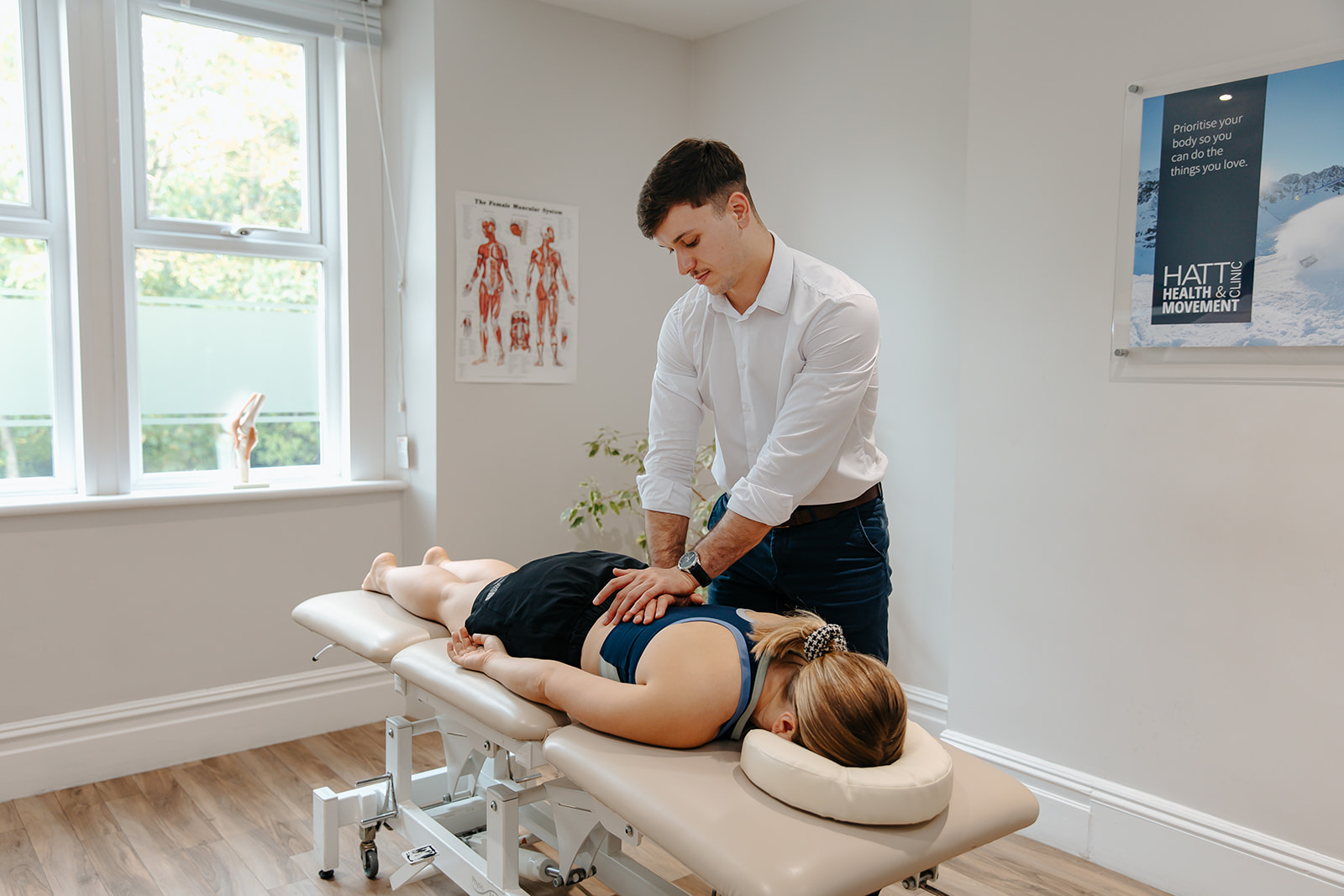Steph Hatt
September 27, 2017
January 26, 2018

As part of your treatment at Hatt’s, you may be advised that a massage will be greatly beneficial for your recovery. Often, massage is perceived as being a treatment designed purely for relaxation and stress relief. Whilst this is true in some cases, massage can also be used to aid recovery from injury and restore movement in the body. This type of massage therapy is often thought of as being a more ‘active’ form of massage which is becoming increasingly more effective at releasing tight muscles and restoring movement to joints or limbs.
If you are recommended a massage as part of your treatment plan, it may be that you would benefit greatly from a more active massage. This is likely to involve a mixture of both passive and active movements to encourage movement and release of tightness.
The difference between active and passive movements is the position you may be in for your massage. For example, rather than lying face down, you may be in a seated position to enhance effective neck release or lying on your side to support certain back, shoulder or hip releases. Your therapist will decide which massage techniques best suit your needs as your treatment will be fully bespoke to you and your condition.
Your massage is likely to contain a mixture of both active and passive techniques, ensuring that it’s both effective and relaxing. After all, a key component of a massage is to release tension and loosen your muscles. Techniques that may be included in your massage are the following: